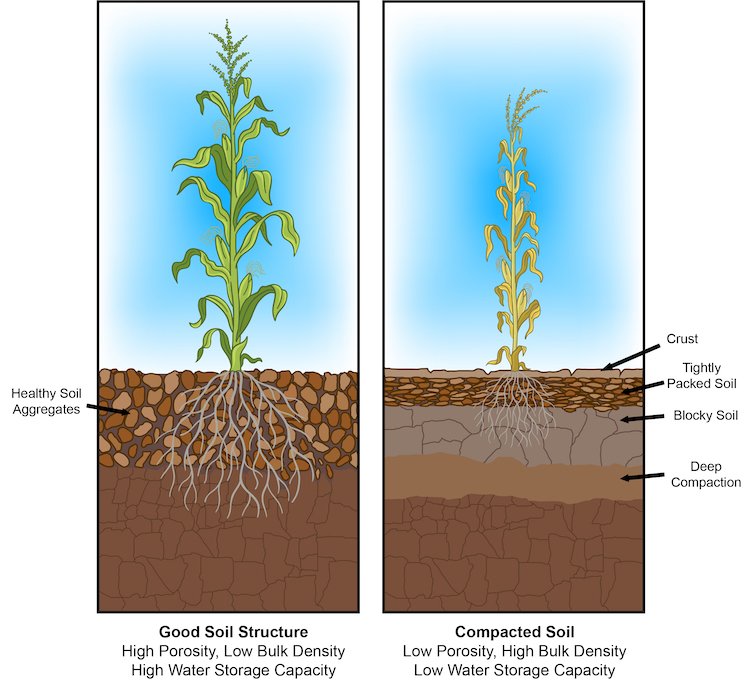Raising Awareness Of Plastic In Soil On World Earth Day - Monday 22nd April
Audio Assisted Text
World Earth Day is fast approaching and, with it being the beginning of Spring in the UK, we can turn to looking at soil health as cities and rural areas burst with flowers and the vibrant greens.
Why should soil health be on our minds at this moment though?
In 2014, it was documented that the England used 1.2 billion plastic bags. Between 2019 and 2020, it was reported that 226 million single use plastic bags were used in the UK.
More can be done.
Every year, science and environmental studies are looking at soil’s health across the planet to see how much degradation has occurred and where soil health has improved.
There is much to think about if we want to see healthy plant life and thriving trees in our local green space and parks. But if the soil they grow from is sick, depleted in nutrients, and negatively impacted by rubbish or trash, then we are going to see plant life that is less vital. You might already notice this happening in your local area.
Microplastic - What is it?
Microplastics are minute particles of plastic less than 5 millimetres in size. They are the result of a breakdown process of plastic itself. Because of their size, the detrimental effect on soil structure and its component parts is stealthy.
When these tiny plastic fragments get into soil, they interfere with the natural arrangement of soil particles, and alter soil’s chemical makeup.
The way microplastics alter soil structure is that they reduce the spaces between soil particles or “soil aggregates”. Air between these particles is essential for efficient 'aeration' for the life within the soil and for water movement, which is crucial for healthy root systems of for thriving plants and trees.
It can lead to the increased likelihood of soil becoming more compacted, leading to the potential of water-logging and flooding. This has become a major issue for UK city soil.
Image source: https://www.covercropstrategies.com/articles/2266-living-roots-fighting-soil-compaction-with-biology-and-diversity
City Soil is already stressed by heavy machinery from road works and construction, footfall from pedestrians, vehicle parking, expanding urban building and inadequate soil management.
The additional pressure of plastic and micro-plastic entering its ecology will have a long-term negative affects on the natural world in urban environments.




